Mindfulness for museum professionals
/In November 2016, Jo Rhymer, Head of Adult Learning Programmes, hosted the first Mindfulness Symposium to be held at the National Gallery. Delegates included art historians, a neuroscientist, mindfulness practitioners, a mental health campaigner, artists, museum/gallery programmers, academics, and health professionals who came together from across the UK and beyond to discuss best practice in wellbeing provision. The programme afforded the opportunity for the Gallery to advocate the mindfulness work currently taking place in adult learning as well as to find out about the work happening elsewhere. The day included a mindfulness mark-making session in front of Titian’s painting 'Noli me Tangere'. This practical session led participants through a mindfulness drawing and movement practice which directly connected them both to the visual and the emotional impact of the painting.
Mindfulness has enabled us to open up the Gallery’s paintings in an alternative way from the art history route. A participant at a recent mindfulness event in the Gallery stated that the experience was ‘a different way to appreciate the experience of art through the senses and emotions, rather than the intellect. Lovely.’ This is not to say that there is no room for art history - far from it. In his recent defence of the History of Art A Level, Dr Daniel Glaser stated in The Guardian* that students who immerse themselves in the history of art acquire a specialist skill which has the potential to generate a change in the brain beneficial to mental health. Similarly, neuroscientists have shown from scans how regular mindfulness practice can make positive changes to the brain. In harnessing the approaches of art history and of mindfulness, sustained looking at paintings in a gallery can promote very positive responses for adult learners.
The symposium marked the two year point in the development of the Gallery’s adult learning programmes, during which a range of events that provided alternative ways of making connections with paintings was offered. The nexus of the fields of the visual arts, technology, science, and mindfulness promoted much discussion at the symposium and resulted in the creation of a network. The network's ambition is to initiate projects that combine the expertise of Gallery educators with that of specialists in diverse yet complementary fields as well as enabling peers to pioneer new plans elsewhere. For the National Gallery, such enterprises have the potential to open up our paintings to new ideas and ever-wider audiences, in some cases, offering benefits to those participants who are too often excluded from museum and gallery experiences.
*The Guardian, Sunday 11 December 2016



